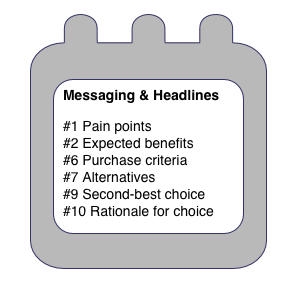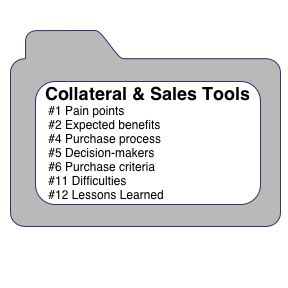One of my clients had asked me to help them with win-loss analysis. The project focused on interviewing their sales people and customers, to monitor aggregate metrics and trends, as well as create sales success stories and identify opportunities for improvement.
Here is the list of 12 key win-loss questions and examples of how you can use win-loss analysis to grow your business:
1. Why was the customer making an investment? What were the pain points?
Win-Loss analysis can feed your messaging and headlines.
By aggregating investment driver or key pain points across multiple deals, you can identify the top challenges your most likely customers are facing. The top (most-common) two or three drivers can be used in your headlines or titles for (PPC, email) marketing campaigns that engage your potential customers.
2. What was the business case? What ROI / benefits was the customer expecting?
Understanding what your customers measure is critical in demonstrating value. Use these metrics to educate potential customers on ways they can justify investing in your products. Case studies or example business cases are great conversion tools for your sales pipeline.
3. How did the customer first identify vendors?
The aggregated answers influence your media strategy: best places to advertise, best conferences, and social engagement in online forums. You may also identify potential strategic or channel partners.
4. What was the purchase process? Was an advisor involved?
Lengths, depth, and breadth of the purchase process helps you to develop reasonable expectations and better prepare for different steps in the sales process with appropriate sales materials, reference accounts, testimonials, sales tools, etc. It also helps sales people to make sure that they are engaging all of the right people during the sales process and have appropriate resources to do so. Consultants and channel partners are frequently important. Understanding advisor’s role is often key to winning deals.
5. Who were the key decision makers? Who were key influencers?
Win-Loss analysis helps with media strategy
The most frustrating situation for the sales person and your company is to have invested nine months into a large deal, having gotten a buy-in from the person who you thought was the decision-maker, only to have someone higher-up kill the deal because the investment did not fit into company's financial reporting or business model. You need to know your decision-makers and influencer to win business.
6. What were the customer's key purchase criteria?
Understanding key purchase criteria where you're more likely to win or lose helps your sales people to better qualifying opportunities and invest time into deals where they are most likely to reap returns on their investments. Key purchase criteria is also very helpful in trying to reposition your offerings, so that they fit better into what is most important to your clients.
7. What alternatives did the customer consider?
This question is the most obvious. This is what people usually think of, when they think of win/loss analysis. You do need to know who you are competing against. Your top competitors are your top candidates for refined product positioning and in-depth competitive analyses.
8. Who won the deal?
Again, this one is obvious. Collected information is aggregated, to understand your competitive position in the market and whether you are gaining or losing momentum. I like to use the combination of the data gathered in questions 7 and 8, to assess and monitor win/loss ratios by competitor.
9. Who was second-best?
Similarly to who won the deal, this helps you understand how big or small is your lead or lag, if you come in either first or second.
10. Why did the customer make the decision they made?
This little nugget of data will help you understand, why you are winning or losing. By diving into the details, you can fine-tune your communications and sometimes your products to improve your results.
11. What were the top objections?
Win-Loss Analysis influences collateral and sales tools.
Again, this helps you identify additional resources that may helpful close business quicker and easier for the sales people.
12. What were key lessons learned and recommendations for improvement?
This one is your insurance policy. It's a catch-all question that gives your interviewee permission to share anything relevant. This question also gives you an opportunity to ask follow-on questions on one of the previous 11 questions that still needs clarification.
13. what sales strategies and tactics were most effective in closing the deal?
A collection of sales strategies can become a playbook of repeatable win recipes, full compelling value propositions and competitive gotcha’s. Effective sales managers collect best practices and use them to motivate the sales organization to replicate successes at scale.
Collected, aggregated, and analyzed information can help in multiple ways:
Update your headlines and messaging using questions 1 (what were the pain points), 2 (expected benefits), 6 (top purchase criteria), 7 (alternatives considered), 9 (second-best choice) and 10 (why they made the decision the made).
Update your media strategy using questions 3 (where did they first look), 4 (purchase process), 5 (decision-makers and influencers)
Update your offering using question 8 (who won), 9 (second-best choice), and 10 (rationale for choice)
Update your collateral and sales tools using questions 2 (business case), 4 (purchase process), 5 (decision-makers), 6 (purchase criteria), 11 (top difficulties), 12 (lessons learned)
What about you?
What questions do you ask? How do you use Win-Loss Analysis? There are multiple other uses for win-loss analysis, like turning wins into case studies, identifying add-on sales opportunities, improving customer satisfaction and identifying and addressing potential causes of customer dissatisfaction, etc. Losses can go back into your prospect list, to nurture and try again. In fact, with my client, a number of identified "losses" from prior quarter were already converted to "wins" a couple of months later.
Please share your insights and comments below.
Looking to update your win-loss program?
Want to convert your "losses" into "wins" and improve your win-loss ratio?
As an impartial third party, Brillianta can help you increase revenue, sales and marketing effectiveness and improve your products.





